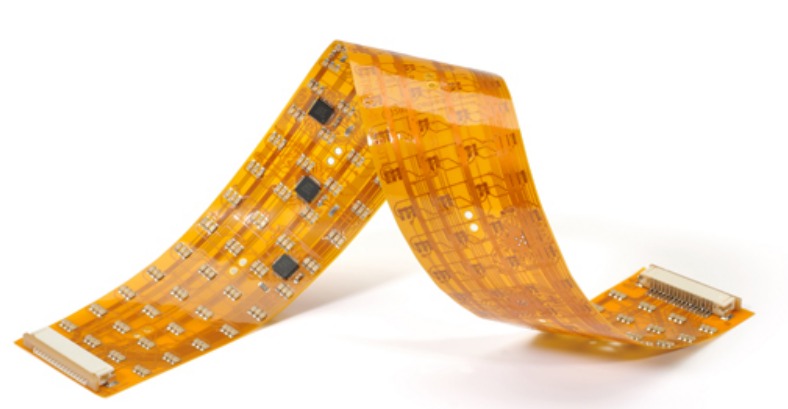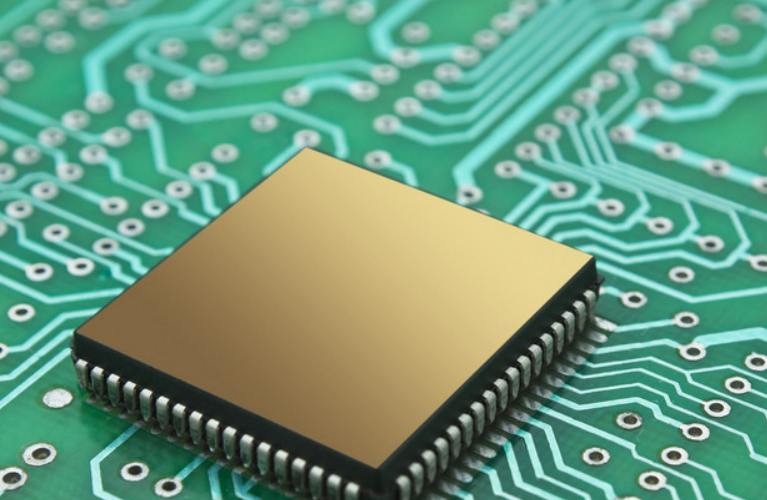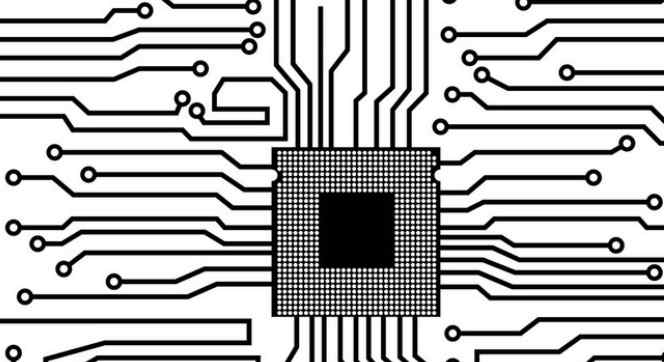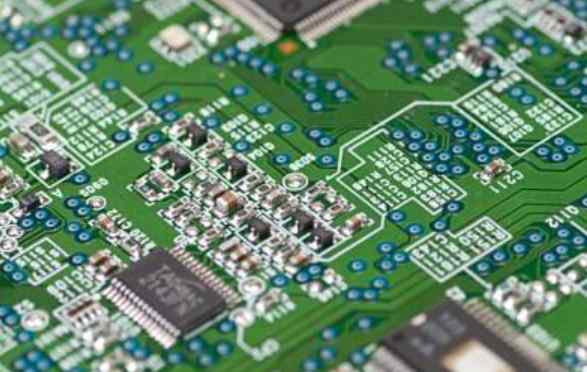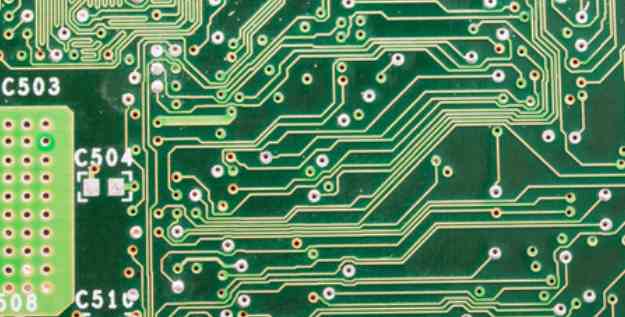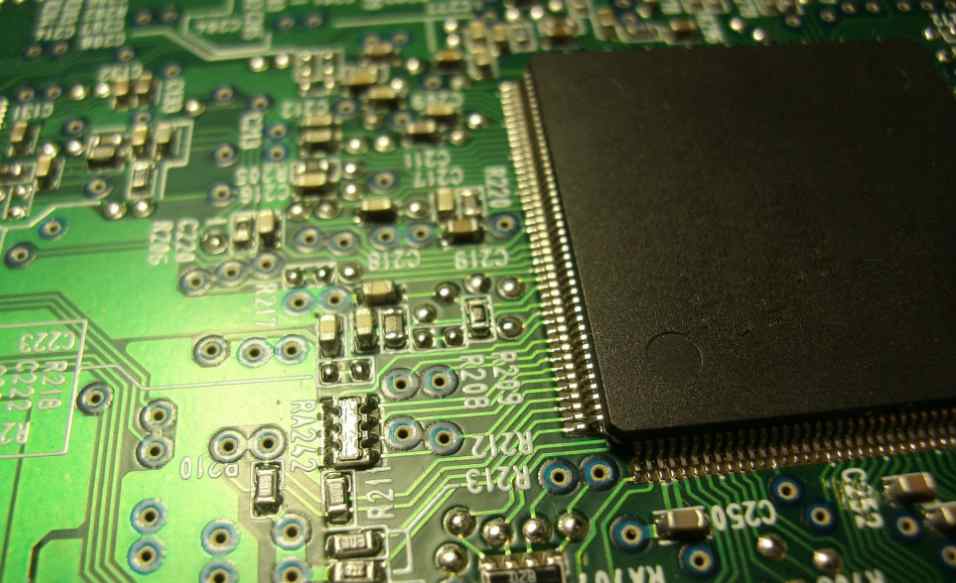
With the development of electronic equipment to miniaturization, lightweight, multi-function and environmental protection, the printed circuit board as its foundation also develops accordingly in these directions, and PCB substrate materials used in printed boards should also naturally adapt to these needs.
Environment-friendly material
Environment-friendly products are the needs of sustainable development. Environment-friendly printed boards require environment-friendly materials. For the main material of printed board copper foil board, according to the EU RoHs ban toxic polybrominated biphenyl (PBB) and polybrominated diphenyl ether (PBDE) regulations, this involves copper foil board to cancel brominated flame retardant. At present, advanced countries in the world have begun to use a large number of halogen-free copper coated plate, and domestic halogen-free copper coated plate products are only developed successfully in large enterprises containing foreign investment, many small and medium-sized copper coated plate enterprises still stay in the traditional copper coated plate production, failed to adapt to the environmental protection ban requirements.
Environmental protection products in addition to not toxic, but also require the product can be recycled after waste. Therefore, the insulating resin layer of PCB circuit board substrate is considered to change from thermosetting resin to thermoplastic resin, so as to facilitate the recovery of waste printed board. After heating, the resin and copper foil or metal parts can be separated, respectively. In this respect, the high density interconnected printed boards have been developed and successfully applied to the laminated method abroad, but there is no progress in China.
The most traditionally used solderable coating materials for printed boards are tin-lead alloy solder. Now lead is banned by EU RoHS. Instead, tin, silver or nickel/gold coatings are used. Foreign electroplating chemical companies have developed and launched electroless nickel/gold plating, electroless tin plating and electroless silver plating drugs in the past few years, but no similar new materials have been launched by domestic suppliers of the same type.
Cleaner production materials
Cleaner production is an important means to realize the sustainable development of environmental protection, and to achieve cleaner production needs auxiliary cleaner production materials. The traditional PCB production method is the subtracting method of copper foil etching forming pattern, which consumes chemical corrosion solution and produces a lot of wastewater. Copper foil-free catalytic laminates have been developed and applied abroad. The addition process of forming line pattern by direct chemical deposition of copper can save chemical corrosion and reduce waste water, which is conducive to clean production. The development of this kind of laminate material for addition process is still blank in China.
Cleaner ink - jet printing wire graphics technology without chemical and water cleaning, is a dry production process. The key of this technology is the ink jet printing press and conductive paste material. Now the nano-scale conductive paste material has been successfully developed abroad, which makes the inkjet printing technology enter the practical application. This is a revolutionary change of printed board towards cleaner production. In China, there is still a lack of micron-level conductive paste materials in line with printed boards and through holes, and nano-level conductive paste materials are more shadow free.

In cleaner production, it is necessary to accelerate the development and application of non-cyanide electroplating process materials and chemical copper sinking process materials that do not use harmful formaldehyde as reducing agent.
High performance material
With the development of digital electronic equipment, the performance of printed board has higher requirements. At present, we are faced with the requirements of low dielectric constant, low moisture absorption, high temperature resistance, high dimensional stability and so on. The key to meet these requirements is to use high-performance copper clad foil materials. In addition, in order to achieve the thinness and density of printed boards, it is necessary to use thin fiber cloth and thin copper foil coated copper foil board material.
The key to highlight the light, thin and flexible properties of flexible printed boards is the flexible copper-clad material. Many digital electronic devices need high performance flexible copper-clad material. At present, the direction to improve the performance of flexible copper clad plates is binder free flexible copper clad plates.
IC seal loading board has been a branch of printed board, now represented by BGA, CSP is widely used in new IC packaging. IC seal loading plate uses thin organic substrate material with good high frequency performance, high heat resistance and high dimensional stability. High performance materials have been introduced and applied in foreign countries, and are being further improved and new materials have been produced, while domestic counterparts are still blank in many aspects of high performance materials.
In order to make China become a big and powerful country in the printed circuit industry, there is an urgent need for printed board materials made in China.
PCB material classification
SMT processing used in a wide variety of printed circuit board materials, according to its application can be divided into main materials and auxiliary materials two categories.
Main material: raw materials that become part of the product, such as copper clad laminate, solder resistance ink, marking ink, also known as physical and chemical materials.
Auxiliary materials: materials consumed in the production process, such as photoresist dry film, etching solution, electroplating solution, chemical cleaning agent, drilling pad, etc., also known as non-physical and chemical materials.


